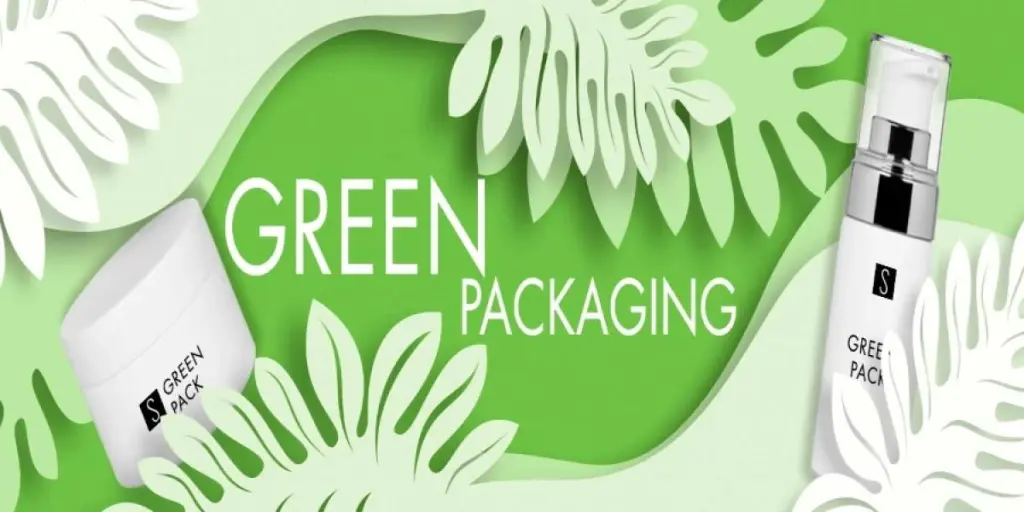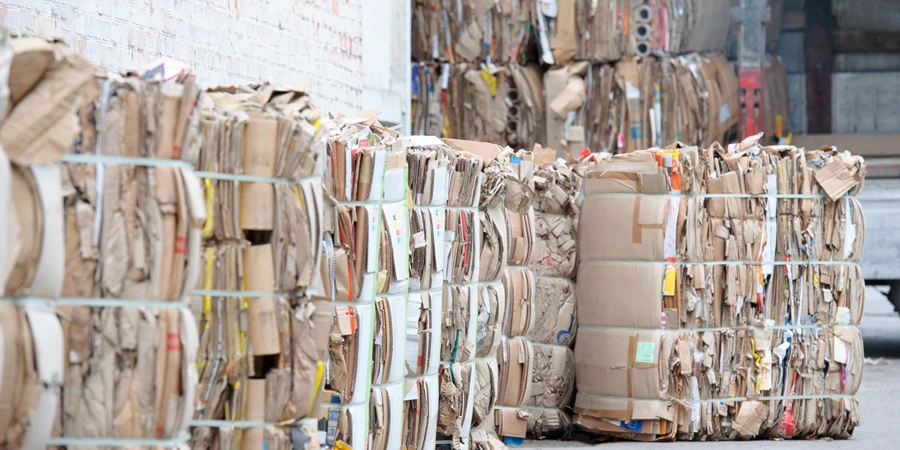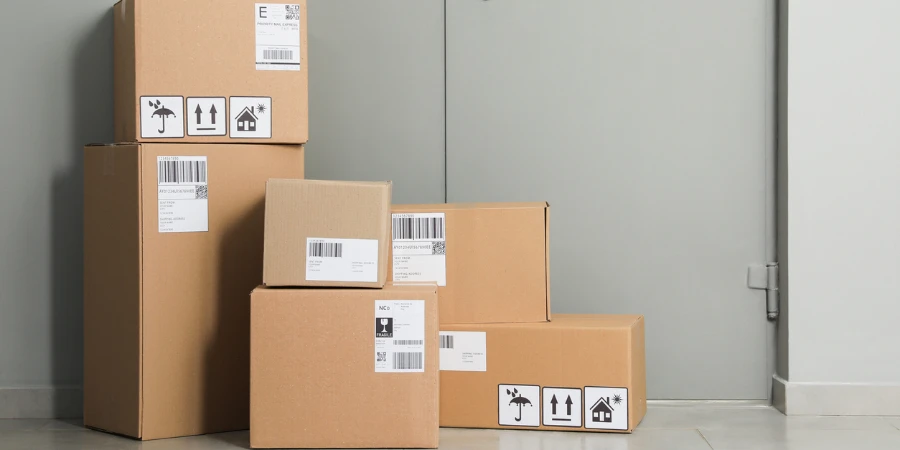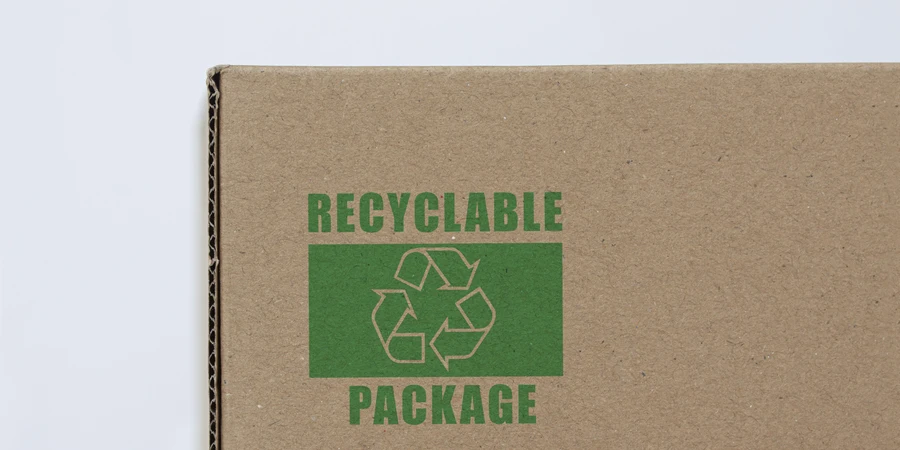Modern-day customers demand environmentally-friendly packaging materials in response to growing awareness of environmental protection and sustainable living. A 2020 study by IBM found that 70% of consumers who regard sustainability as important would pay premium prices to support more sustainable and environmentally responsible brands. This embrace of sustainability has resulted in the massive growth of the green packaging industry.
The global green packaging market is projected to expand significantly, while the popularity of green packaging is based on its ability to minimize energy use and reduce the adverse environmental effects of packaging. This guide will give an overview of this market, and offer businesses practical steps to leverage the demand for sustainable packaging to increase competitiveness and performance.
Table of Contents
An overview of the green packaging industry
Top 6 emerging trends transforming the green packaging industry
Who are the target customers for green packaging materials?
Conclusion
An overview of the green packaging industry
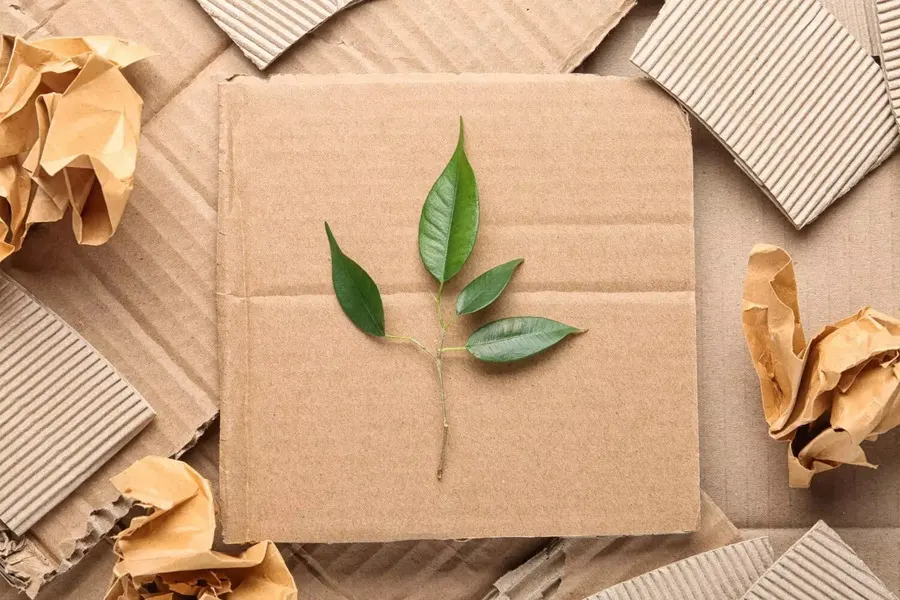
Customers are holding brands accountable and demanding sustainable packaging solutions. As a result, green packaging is increasingly becoming popular as it aims to reduce the impact of packaging on the environment and promote sustainability. This has resulted in rapid market growth.
Market size and potential
The global green packaging market was valued at US$ 267.83 billion in 2021 and is projected to grow at a compound annual growth rate (CAGR) of 5.3%, reaching US$ 385.34 billion in 2028. This industry’s potential is evidenced in a study that found that 60-70% of consumers would be willing to pay more for sustainable packaging and purchase more sustainably packaged products if labeled clearly and readily available.
In another report, 86% of consumers aged below 45 would pay more for sustainable packaging, while 74% prefer buying products in refillable packaging. In addition, 68% bought products based on sustainability credentials, and 57% are less likely to purchase products in harmful packaging. These statistics reveal that the overall demand for sustainable packaging remains high. As a result, packaging suppliers should rethink materials and design requirements to meet this demand.
Factors driving the growth of the green packaging industry
Various factors are driving the demand for green packaging and the subsequent market growth. These include:
- Strict government regulations
- Consumer demand for eco-friendly packaging products
- Technological advancements enabling the creation of effective, cost-competitive, and more environmentally friendly packaging solutions.
Top 6 emerging trends transforming the green packaging industry
Sustainable and technological advancements primarily drive the green packaging trends alongside customer needs and expectations. Understanding these trends can help businesses produce and stock packaging products, thus increasing their competitiveness. Examples of these emerging trends transforming the green packaging industry include:
Sustainable packaging for ecommerce
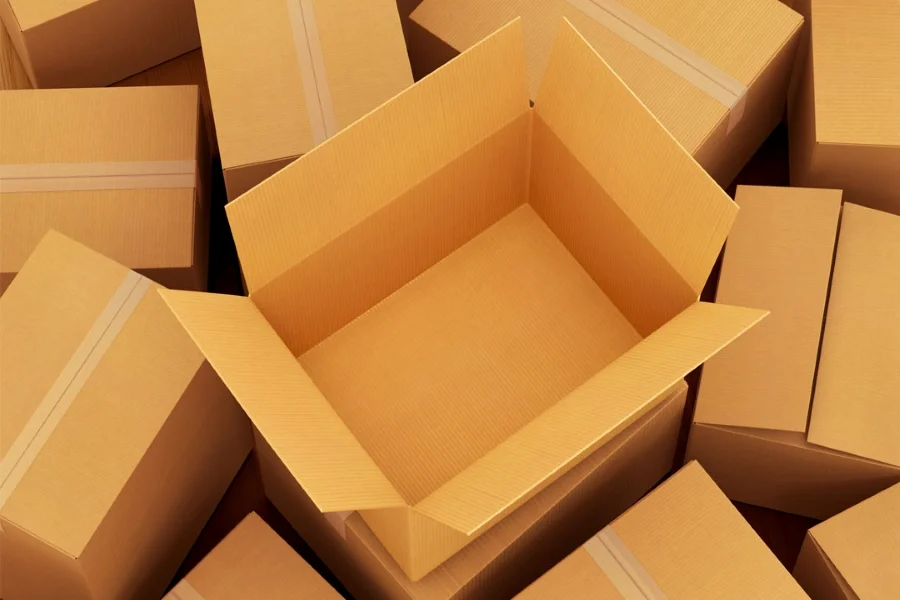
The ecommerce industry is a major consumer of packaging products due to the increased item-level shipping to customers, which typically requires more packaging materials. Key players in the ecommerce industry have been vocal about integrating sustainability into their business models and products, leading to significant demand for green packaging. The market for sustainable packaging in ecommerce is projected to reach US$ 63.3 billion in 2023 from US$ 32.9 billion in 2018. Packaging suppliers, brand owners, fulfillment agencies, and other parties within the ecommerce supply chain can leverage this trend, given that demand for direct shipping to the consumer’s home will continue to grow.
Refillable packaging

Refillable containers are becoming popular among customers who support zero waste. This packaging trend allows customers to recharge a product by reusing its original packaging instead of buying new packaging. The reusable packaging market value is estimated at US$ 100 billion, with a target to make 50% of all packaging reusable by 2030.
The refillable packaging is associated with other benefits, such as:
- Refillable packages reduce CO2 by 70% and save energy and water by 65% and 45%, respectively
- Reduces waste generated and energy needed to produce new packaging materials
- Reduces transportation and manufacturing costs.
Circular packaging
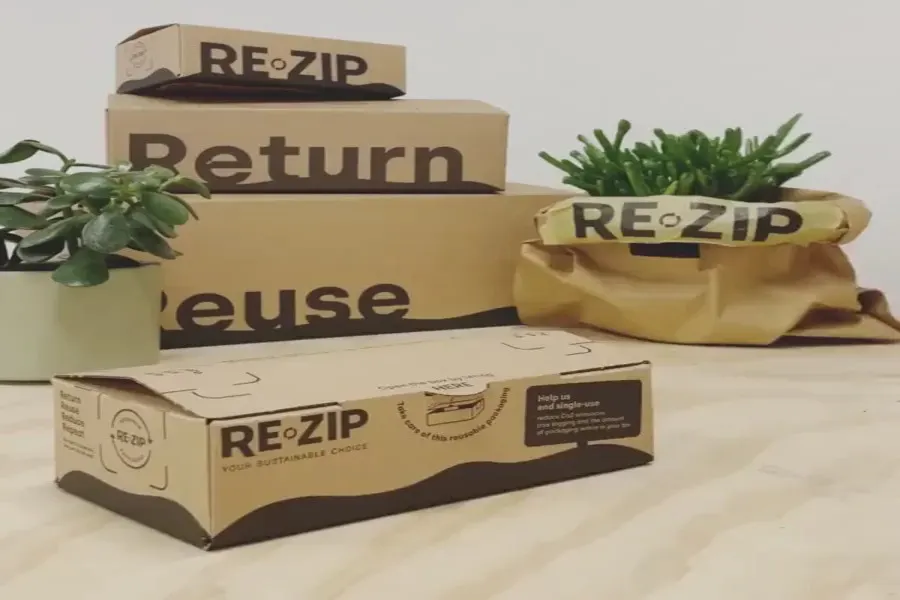
Circular packaging is designed to be reused, recycled, or composted instead of thrown away. Its primary goal is to create a closed-loop system where resources are continuously used, recovered, and regenerated. Circular packaging is appealing to modern-day consumers in that it minimizes the amount of waste that ends up in landfills and water consumption, thus protecting the environment and natural resources.
Transition to paper-based packaging

Recent years have seen a growing demand for paper-based packaging due to the global market for recyclable packaging and the growing eco-conscious consumer market. A study on European consumers found that 63% prefer paper packaging since it’s better for the environment, 57% because it is recyclable, and 72% because it is home compostable. Besides being environmentally friendly, paper packaging provides convenient storage and allows appealing and easy-to-carry functional packaging.
Lightweight packaging
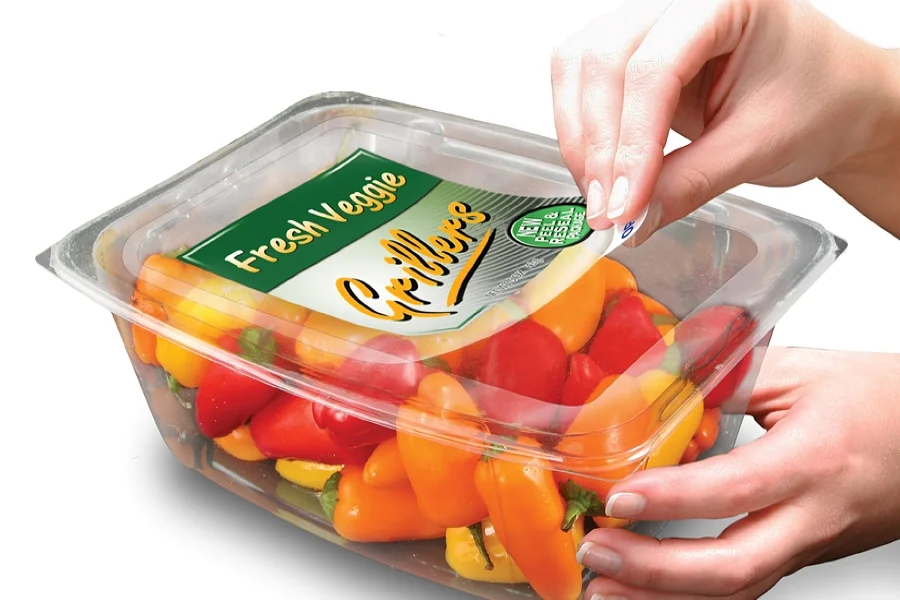
Lightweight packaging provides a light packaging solution without compromising product protection. It is associated with multiple benefits, including:
- Reducing material use for lower energy and resource consumption
- Reducing shipping costs, especially in businesses where the costs are based on the relationship between a cargo’s weight and its volume
- Reducing carbon footprint
- Increasing efficiency while reducing weight
Carbon labeling
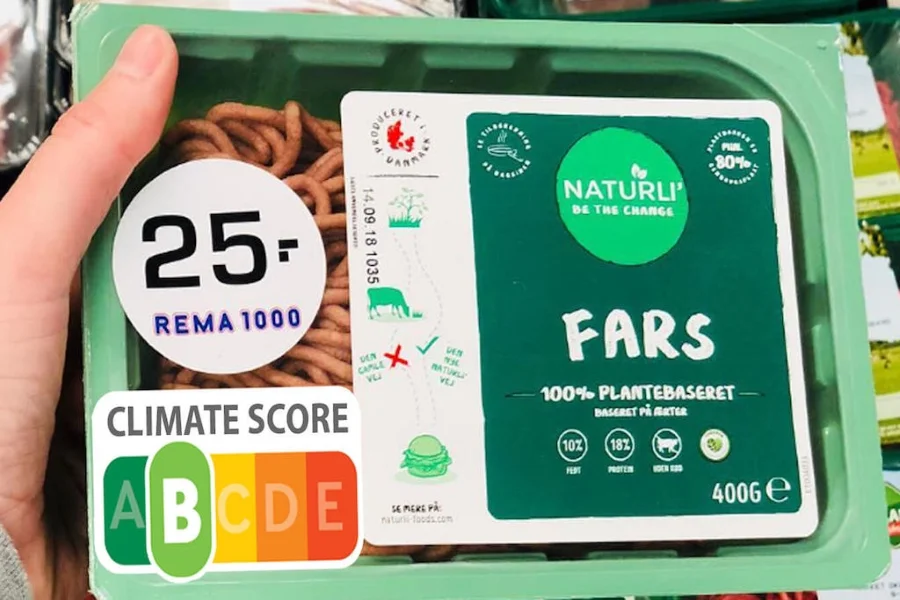
Carbon packaging includes carbon footprint information, thus showing a product’s overall environmental impact from manufacturing to end life. Modern customers demand full transparency. Therefore, providing this information may influence the consumer’s purchasing decision.
Who are the target customers for green packaging materials?
Multiple industries are adopting green packaging solutions. Here are the top three sectors that businesses in the packaging industry can target:
1). Food and beverage industry
The global eco-friendly food packaging market was valued at US$ 190 billion in 2022 and is projected to grow at a CAGR of 7.2% to reach US$ 380 billion by 2032. The popularity of green packaging in the food and beverage industry is based on its various advantages, including the fact that it is safe, easy to use, flexible, and temperature resistant. In addition, biodegradable packaging is often allergy- and toxin-free.
2). Pharmaceutical
The pharmaceutical industry is a major global polluter. As a result, multiple regulations and standards have been developed and implemented to encourage sustainable practices in this industry. For instance, it must reduce its emissions by 59% by 2025 to meet the carbon reduction targets in the Paris Agreement. Around 10-25% of pharmaceutical packaging uses sustainable solutions, including plant-based packaging. This industry transitioning to green packaging would create significant opportunities for packaging suppliers and brands.
3). Personal care
The personal care industry is embracing innovations related to sustainable packaging. In 2021, the sustainable personal care packaging market was valued at US$ 712.52 million and is projected to grow at a CAGR of 6.4%, reaching US$ 170.39 million. The need to meet customer demand for sustainable packaging will continue to drive growth in green packaging solutions for the personal care industry.
Conclusion
To remain competitive in the contemporary business environment, businesses must embrace sustainability, including green packaging innovations. This is because purchasing behaviors are changing in favor of sustainable solutions and products, with more customers willing to pay premium prices and remain loyal to brands committed to sustainability. The emerging trends, such as carbon labeling, refillable packaging, circular packaging, the transition to paper-based packaging, and lightweight packaging, signify an opportunity for businesses to leverage sustainability practices and products to enhance market performance and appeal to target customers.
